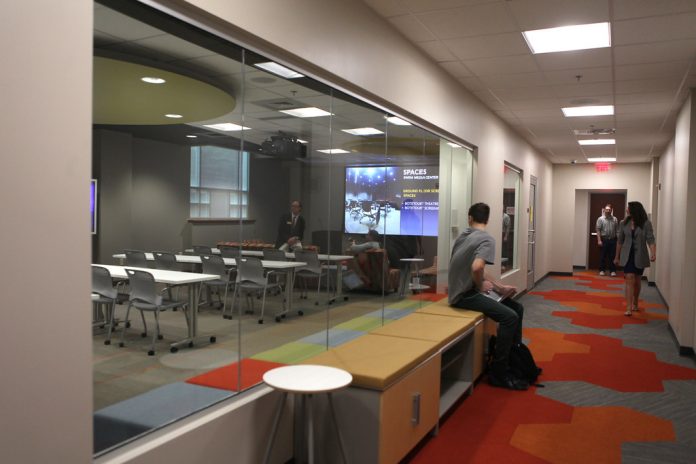The United States is in the midst of an enrollment crisis. Each academic year, fewer and fewer students are applying to colleges and universities. The College of William and Mary is aware of this, having addressed it during the Board of Visitors meeting last November. Additionally, and perhaps in response to this crisis, the College’s acceptance rate has been on the rise, getting precipitously close to spilling over the 40 percentage benchmark of “selective institutions.” If you’re one to put any credence in school rankings, the College has recently been slipping in the US News list. In a time of decreased nationwide enrollment, decreased standards in acceptance and lower nationwide rankings, the College has decided to rest on its laurels and put its faith in a skewed version of liberal education instead of adapting to changing curricula.
In fairness to the College Curriculum, it was only implemented in 2013. Its seven-year existence represents only 2 percent of the College’s life span. However, 2 percent amounts to thousands of students entering a system of requirements that don’t necessarily benefit them. I am unequivocally a supporter of the liberal education model; it is one of the reasons I decided to come here. However, I am increasingly unsure of whether this current iteration of that model is the correct path forward for the College.
The College Curriculum section of our school’s website states that it provides “a robust liberal arts education through the continual organizing and infusing of content, integration, creativity, and innovation throughout the undergraduate College Curriculum.” The Undergraduate Catalog says that it is “more than a haphazard accumulation of courses. Its essential purpose is to liberate and broaden the mind, to produce men and women with vision and perspective as well as specific practical skills and knowledge.” Let’s break those down and try to make it seem less like it comes from a thesaurus. There are two main tenets of the curriculum: cross-subject integration and garnering a better understanding of the world around us. This is what the curriculum gets right in elaborate wording, but also where it falls short in practice.
The American Association of Colleges and Universities (of which the College is a member) has a list of “Essential Learning Outcomes” for a successful liberal education in the twenty-first century. These outcomes are broken into four categories: Knowledge of Human Cultures and the Physical and Natural World, Intellectual and Practical Skills, Personal and Social Responsibility and Integrative and Applied Learning.
At this point you may be wondering how exactly I think the College Curriculum has betrayed both the College’s language and the AACU Essential Learning Outcomes. There is no clear delineation of how COLL 200 classes leave me with a liberated and broadened mind. They are treated exactly how they appear: stepping stones. The classes are not well designed to be in conversation either with one another or the larger world. Many are steeply rooted in academia and don’t go the extra, and necessary, step of applying those lessons to the bigger picture. Working on the four AACU Learning Outcomes, we can see that the COLL 200 attributes are clearly meant to fulfill these learning outcomes. However, the AACU intends for these to be applied not just in specific cases, but rather across all classes and disciplines. I would like to see these outcomes realized fully either through increasing the worldly relevance of courses or by creating a COLL curriculum that remains in dialogue not only with itself but also with students’ majors. Furthermore, I want to see The College integrate the College Curriculum and the major curriculums so as to adhere better to the AACU’s vision of an integrated, well rounded liberal education system. In for a penny, in for a pound.
The College is well situated to establish itself as a bastion of modern liberal education, but it falls short. The College’s COLL curriculum doesn’t live up to its own lofty standards and falls even shorter on those set by the AACU. The College has been sacrificing face and students’ education potentials for both increased enrollment and to maintain its main revenue stream in response to the enrollment crisis.
Instead of doubling down on the currently flawed system, The College should engage in a curriculum reboot to separate itself from the masses and attract even more of the increasingly small pool of college and university applicants. Adapt or fail is the law of the American higher education landscape. Implementing the College Curriculum was a bold step forward, but now we require adaptation.
Email Matt Lowrie at mhlowrie@email.wm.edu.

